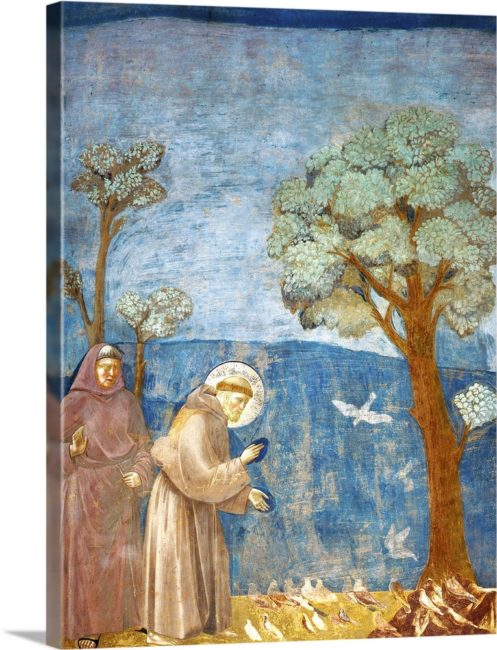In our first reading this coming Sunday, the prophet Jeremiah exhorts the people: “Seek the welfare of the city where I have sent you into exile, and pray to the LORD on its behalf, for in its welfare you will find your welfare.” (Jer. 29:7) Like those ancient Israelites, we are a small congregation gathered in a large city. And like them, we try to make the place we live a better place, in big ways and in small ones.
That’s why I’m so pleased to welcome the new “Turn It Around, Jr.” youth group to our building, where they’ll be meeting on Monday evenings beginning this week.

Turn It Around began as a high-school youth group ten years ago. The program, started by the Charlestown Coalition, “aims to educate and empower Charlestown’s youth to find their passions and reach their full potential – using community service, art, sports, civic engagement, social justice, poetry, music, film, theatre, and even the outdoors as vehicles for engagement and discovery.” Turn It Around participants are almost entirely Charlestown residents, and many of them are Charlestown High School students. The program offers employment, academic support, and a caring and consistent adult presence in these young people’s lives.
The program is so popular that they constantly receive requests for participation by younger and younger students, so many that they’ve finally been able to launch a “Turn It Around, Jr.” for middle schoolers led by Charlestown native and TIA alumna Zaire Richardson.
You can learn more about Turn It Around and the Coalition’s amazing impact on our neighborhood in the 30-minute documentary they produced to celebrate their 10th anniversary. (Click on the video below.)
I hope you can find some way to support their work — by participating in the monthly Tuesday-evening Race & Equity dialogues they organized with some of our local leaders, by volunteering to support their work, or just by offering a friendly welcome if you see them in and around our building on Monday nights.


